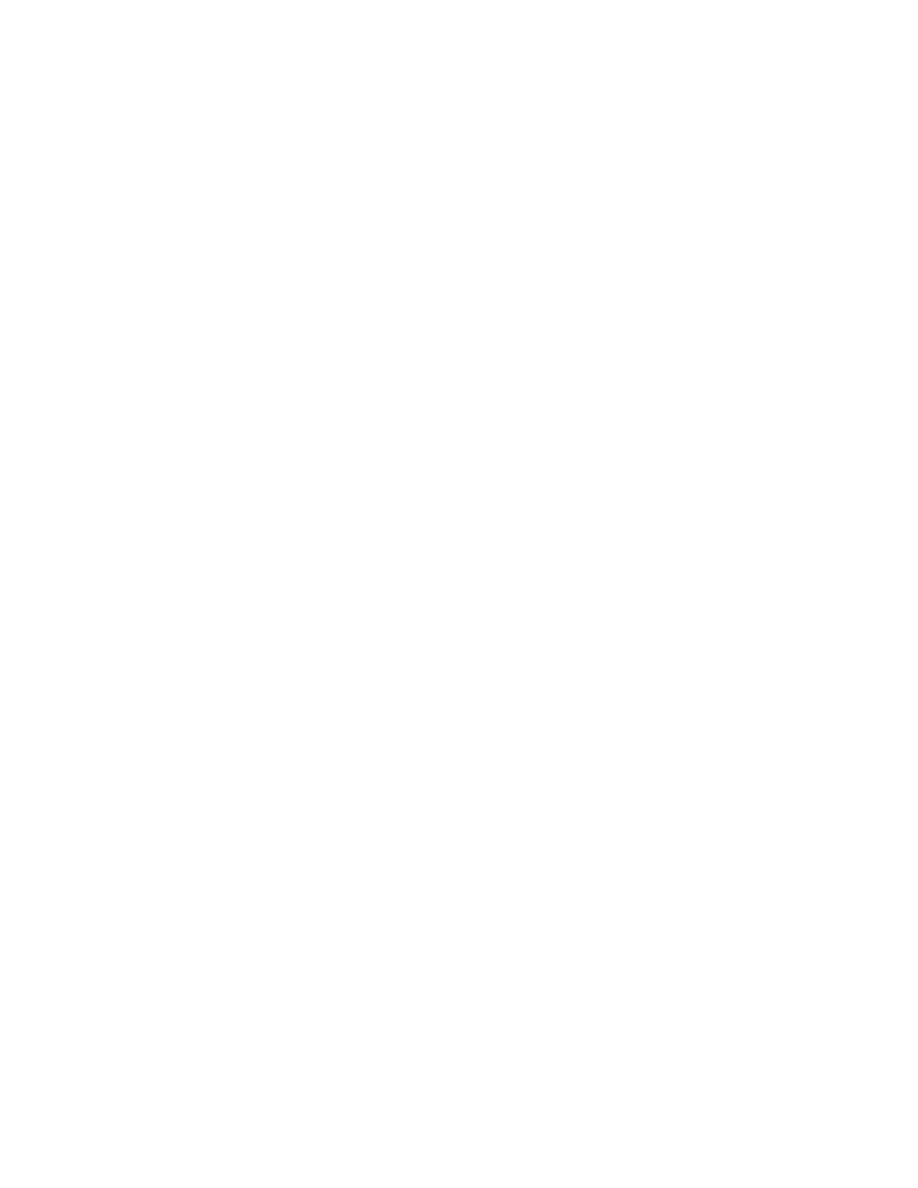Camaro V8-350 5.7L (1989)

that:
^
A back-up wrench is used to loosen and tighten fittings.
^
Check all O-rings at these locations (if applicable) for cuts or any damage and replace as necessary.
^
Use correct torque when tightening these fittings.
^
Inspect all pipes for kinks, leaks or dents.
^
Pipes must be properly secured to the frame to prevent chafing. A minimum of 6 mm (1/4 inch) clearance must be maintained around a pipe to
prevent contact or chafing.
^
Fuel feed and return pipes are secured to the underbody with clamps and screw assemblies.
^
Follow the same routing as the original pipe.
^
Fuel pipes must not contact the fuel tank or underbody at any point.
FUEL AND VAPOR PIPE REPAIR:
When it is impractical to replace an entire fuel line to repair localized damage, use the following procedure:
^
When rubber hose is used to replace pipe, use only reinforced fuel-resistant hose which is identified with the word "Fluoroelastomer" on the hose.
The inside diameter of the hose must match the outside pipe diameter.
^
Do not use rubber hose within 100 mm (4 inches) of any part of the exhaust system, or within 254 mm (10 inches) of the catalytic converter.
^
In repairable areas, cut a piece of hose 100 mm (4 inches) longer than the portion of line removed. If more than a 6 inch length of pipe is
removed, use a combination of steel pipe and hose so that hose lengths will not be more than 254 mm (10 inches).
^
Follow the same routing as the original pipe.
^
Cut the ends of the pipe, remaining on the car, square with a tubing cutter. Using the first step of a double flaring tool, form a bead on the end of
each pipe section. If the pipe is too corroded to withstand the beading operation without damage, the pipe should be replaced. If a new section of
pipe is used, form a bead on both ends of it also.
^
Use a screw type hose clamp NO. #2494772, or equivalent. Slide the clamps onto the pipe and push hoses 51 mm (2 inches) onto each portion of
the fuel pipe. Tighten the clamps on each side of the repair.
^
Pipes must be properly secured to the frame to prevent chafing.
